FUJIFILM x-H2S perfect camera for wedding photography ?
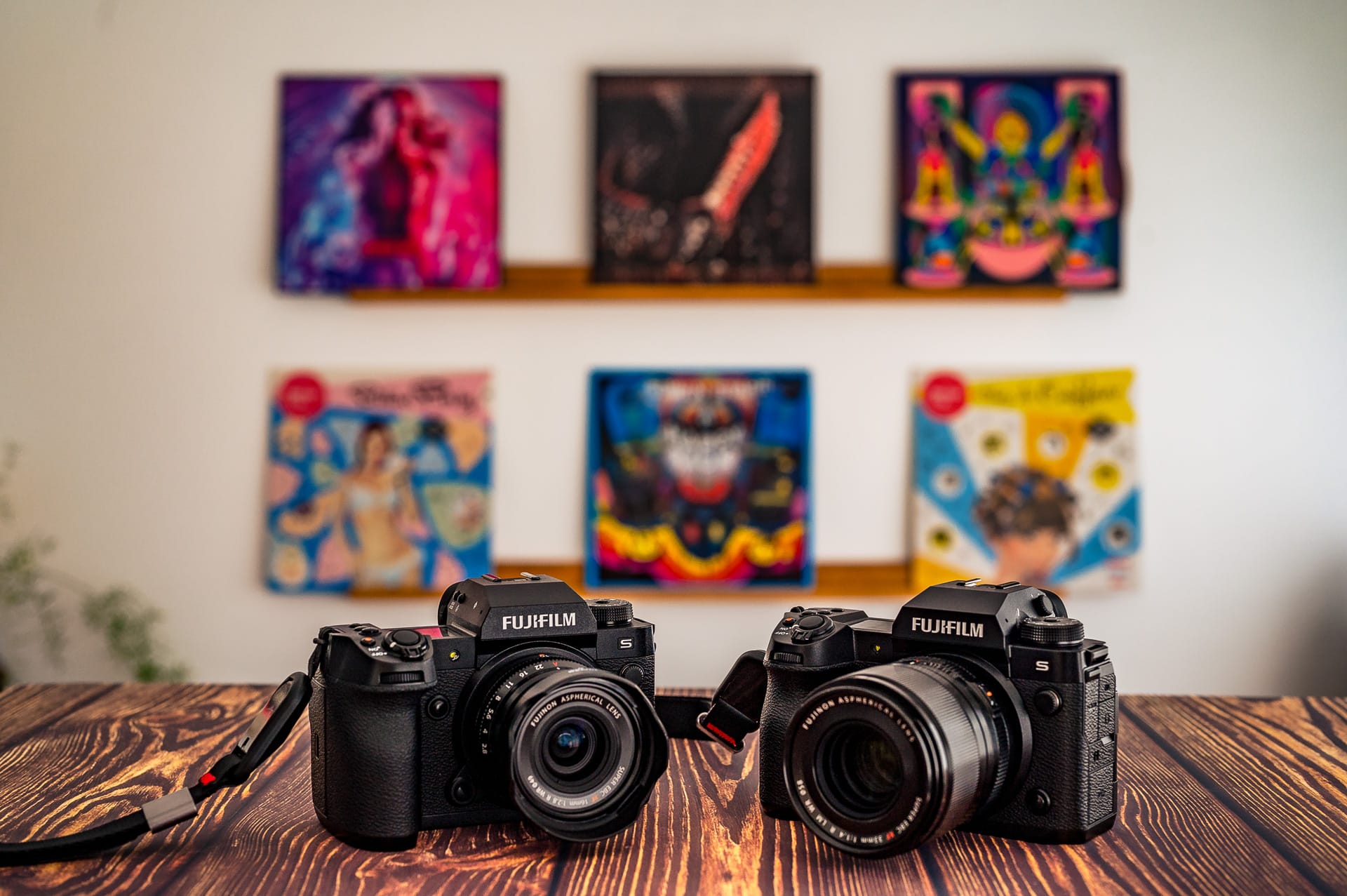
FUJIFILM X-H2S, I switched from Nikon to Fuji
Do you know the most common sentence we hear in weddings ?
With such a device you must take beautiful photos.
As a wedding photographers, i’m like “NO !!!!! it’s not about gear , it’s about skills ! »
But it comes to talk about gear, we forgot this and start to over estimate the importance of the camera.
Finally the wedding guests may not be wrong!
And I am no exception to the rule. After 3 years, I’m looking for into technical innovations the opportunities to change my equipment. Some will say excuses…
And that’s what just happened, I went back from Nikon to Fujifilm.
In 2018 I had taken the same path, leaving Nikon DSLRs for the Mirrorless Fujifilm XT-3. This fascinating (boring) story is told to you here (sorry in french).
But a season later, I went back to Nikon when I discovered the Z6.
After 3 years of good and loyal services, I changed my mind once again, and get back to Fuji.
Bye bye NIKON Z6, hello Fujifilm X-H2S
FUJIFILM X-H2S - SIZE
So why such a change ?
Well, because I’m mad about of space and weight saving.
I need the smallest, lightest, most compact gear possible.
To give you an example, in my early photographer days, I used to go in the car with a full trunk for a product shoot and now I manage to go there by motorbike (without top case ! ). In 2018 I flew to a wedding and I had just one backpack for ALL my gear, and my clothes for the next day.
The days with 2 D4S and 24-70 + 70-200 f/2.8 are gone forever. I don’t miss you !
So unless you want to shoot a wedding with your smartphone, who makes the most tiny cameras and lenses? It’s Fujifilm!
The camera is not as tiny as a X-T4, it is almost identical in weight and size than the Nikon Z6.
But when it comes to lenses the saving of room is the crazy !
Here is my Nikon backpack and the same in Fuji.
With the same focal lengths.
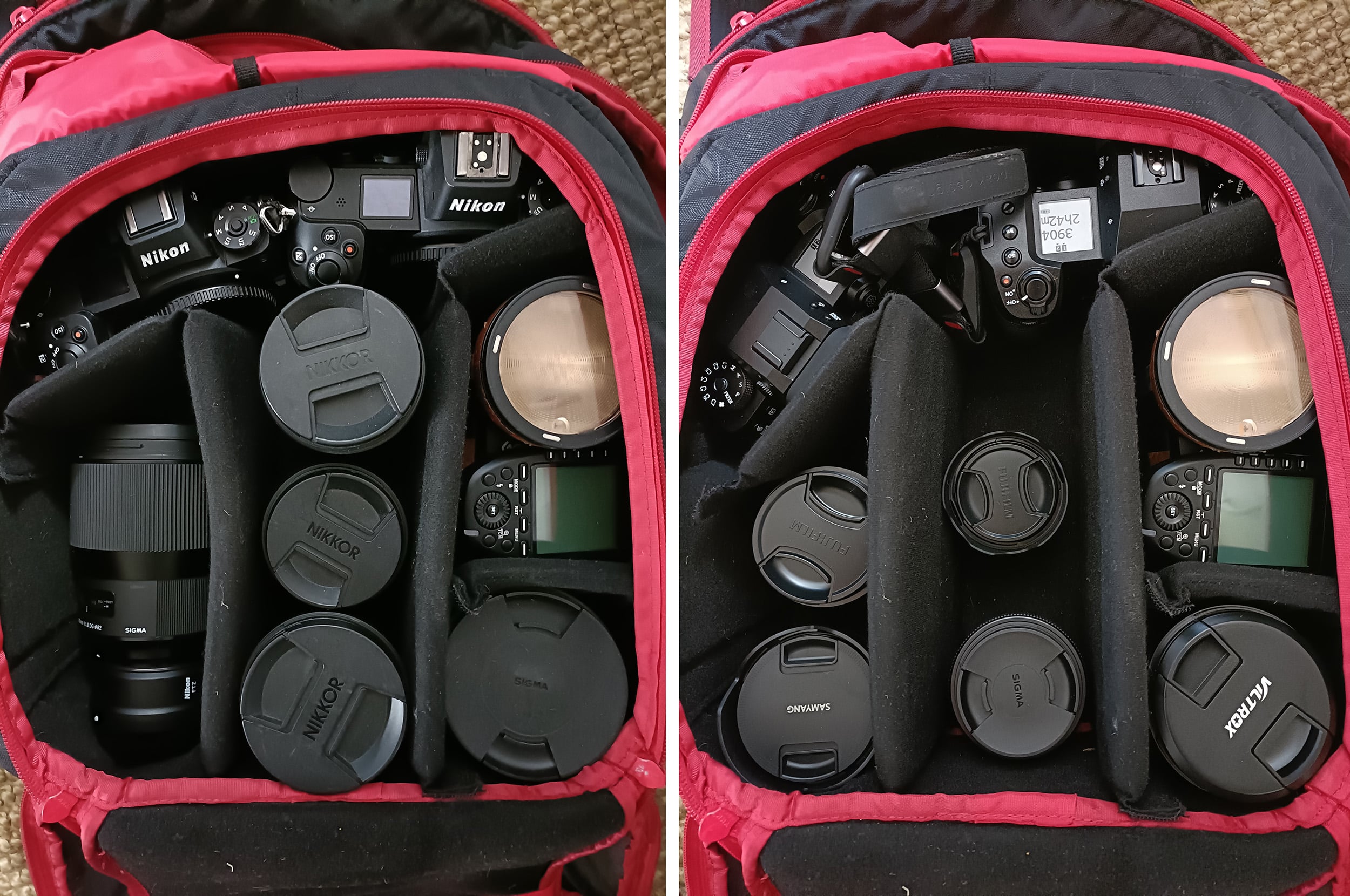
Nikon Z 14-30 f/4 becomes a Samyang AF 12mm f/2
Nikon Z 50mm f/1,8 becomes a Fuji 33mm f/1,4
Nikon Z 24mm f/1,8 becomes a Fuji 16mm f/2,8 (it’s so tiny, the cutest lens i have)
Nikon Z 85mm f/1,8 becomes a Sigma 56mm f/1,4
Sigma 135mm f/1,8 becomes a Viltrox 85mm f/1,8
The good thing about Fuji is that their X-mount has been open to third-party manufacturers for years.
So there are lenses that you can’t find at Fujifilm (Samyang 12mm AF for example) and for the some others, you can find good quality stuff less expensive than Fujifilm. Of course you always get your money’s worth and these third-party optics are not without cons, especially the Samyang, I will come back to this later. The Sigma 56mm f/1.4 replaces the 56mm f/1.2 and the Viltrox 85mm f/1.8 replaces the 90mm f/2. Their performance are very good and it is likely that only pixel peepers will be sensitive to their lower quality compared to their Fujifilm counterparts.
In the end, I win almost 2 kg and a few liters compared to my previous bag.
Mission accomplished !
FUJIFILM X-H2S - CRAZY AUTOFOCUS
I would lie by saying that this is the only argument that motivated my choice. I’ve read over reviews that the autofocus was stunning, and could be compared to Nikon Z9 and or Sony A1.
I have neither Z9 nor A1 to confirm, but indeed it is devilishly effective.
The X-H2S is able to find faces in all circumstances!
Far away, through very intrusive foregrounds, in the dark, in hard backlight…. And when it is found, it keeps the face in focus forever ! This works with all of my lenses With the brand new 33mm Fuji with its latest generation LM autofocus motor, and third-party lenses (Samyang and Viltrox).
Here are some examples of quite difficult situations for an autofocus.
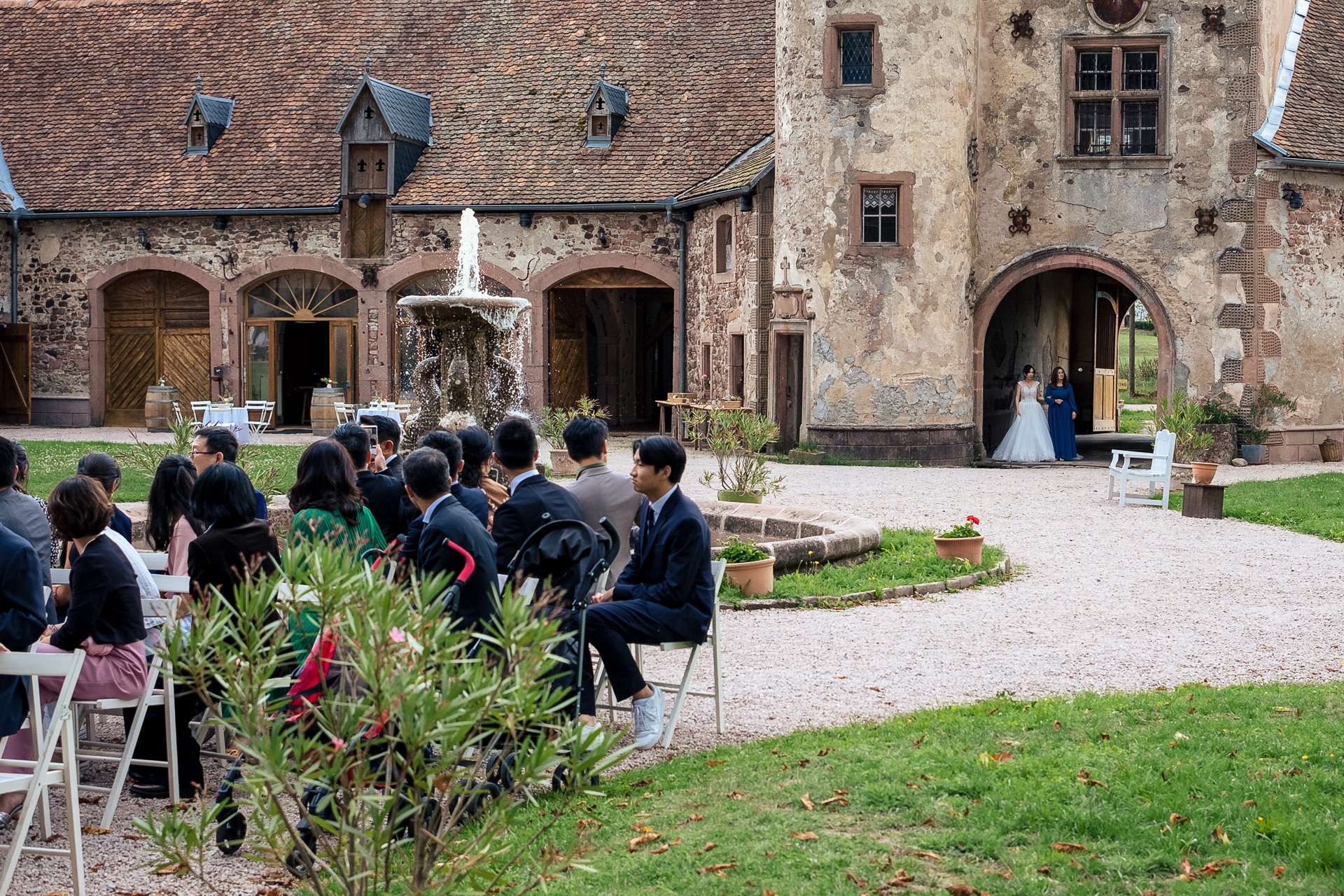
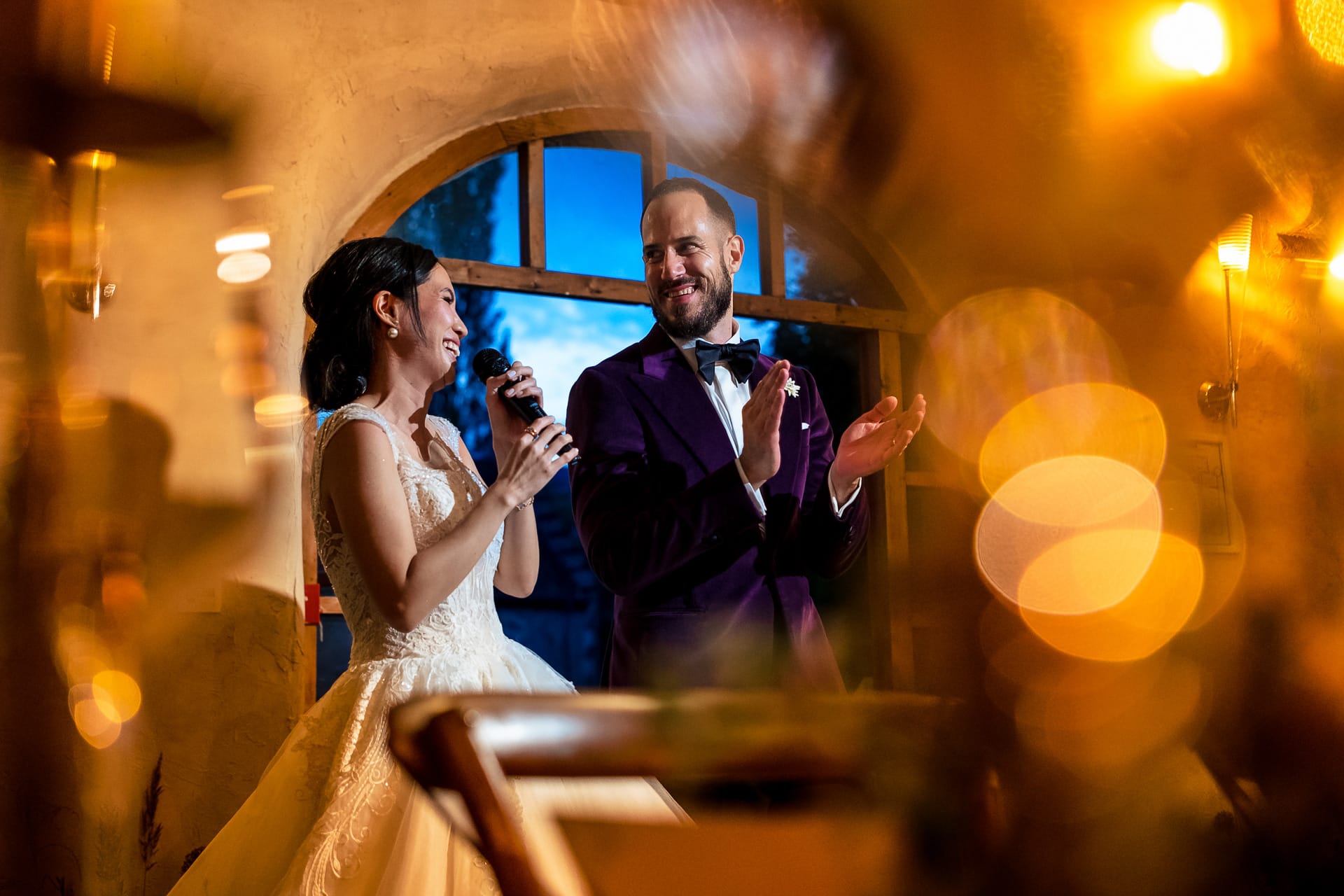




Even when it comes to shoot dancers. With very speed and unpredictible movements. The camera can find faces and stay stuck to them.



The camera can also detect faces in these very hard backlight situations, like is this church
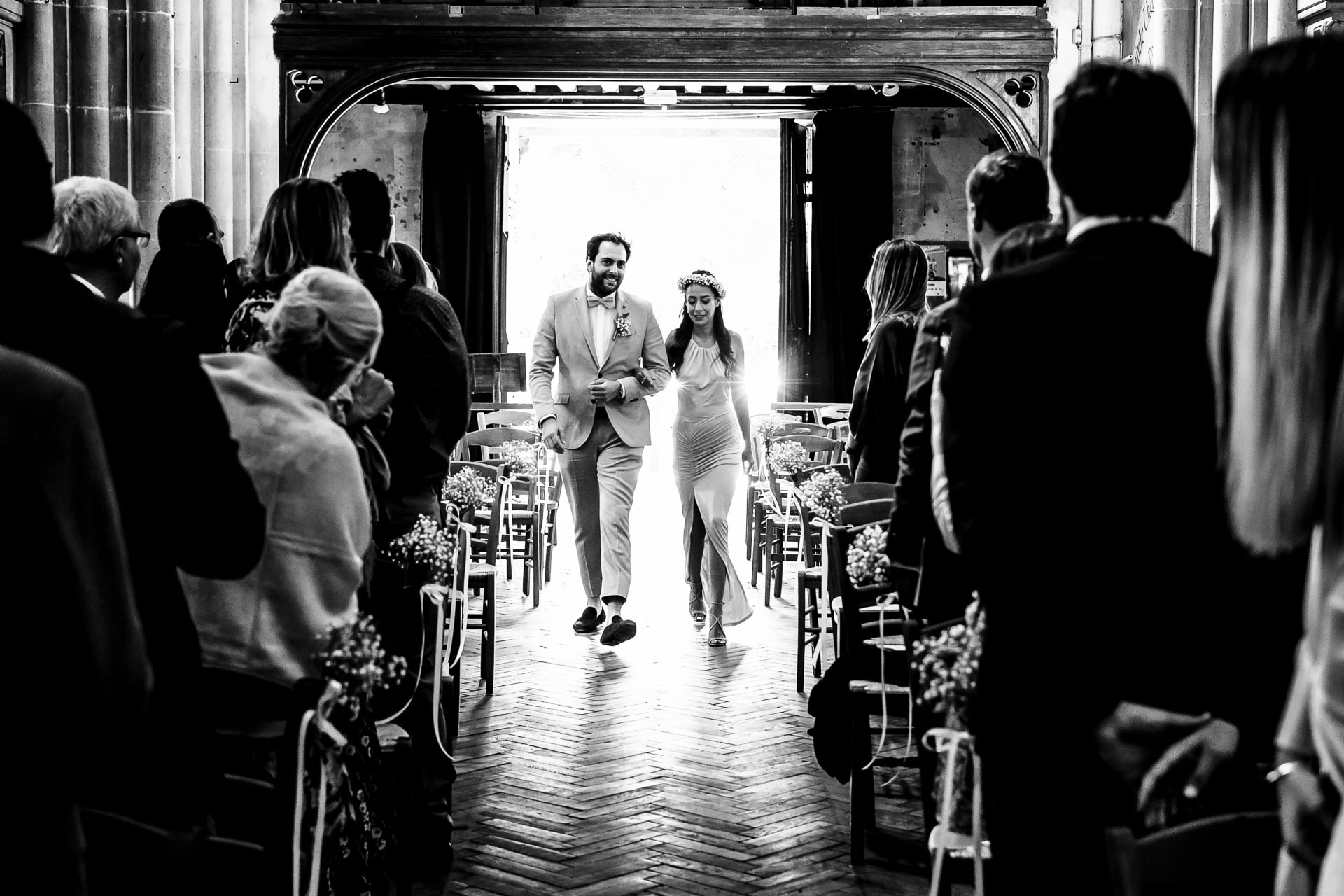
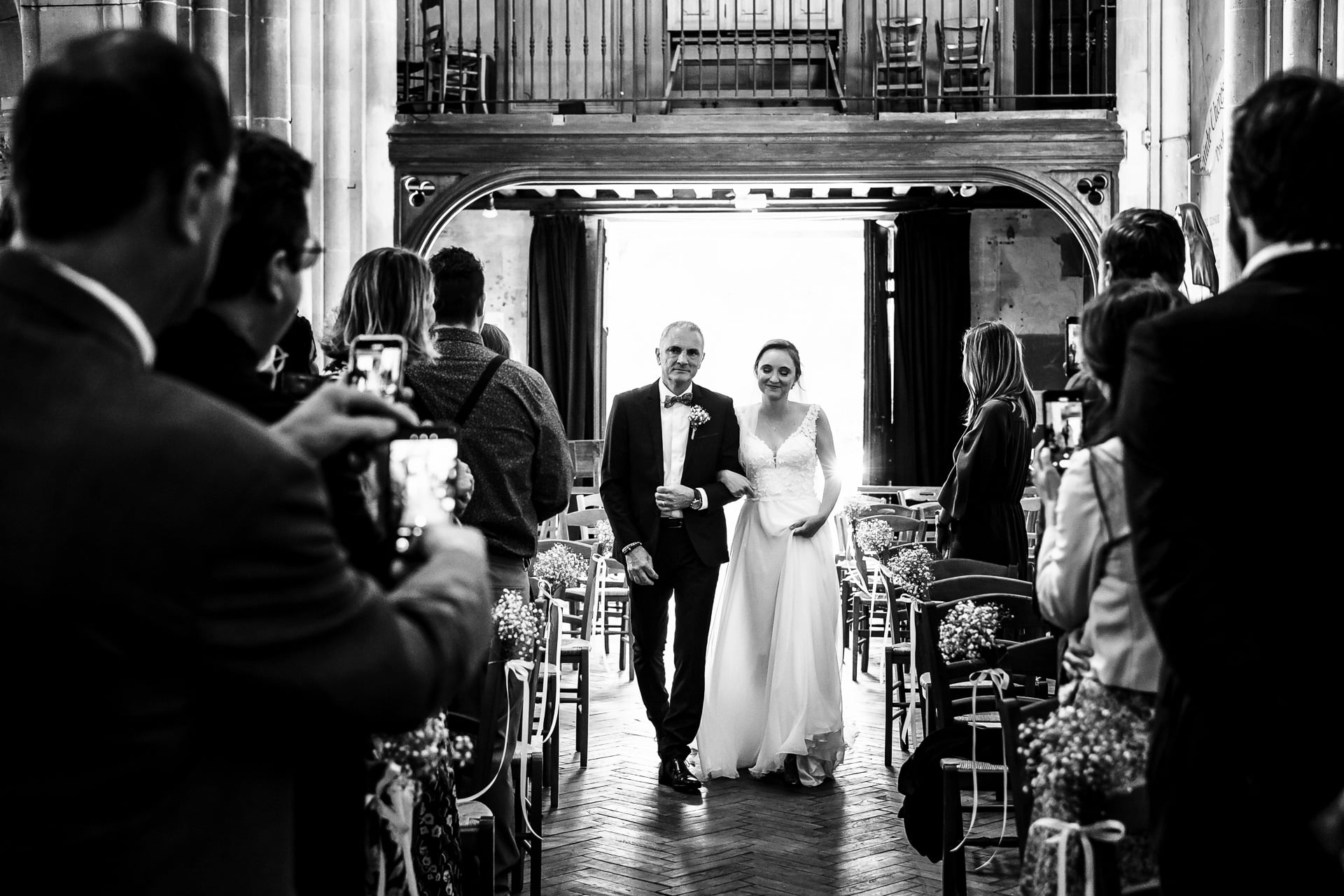
It is so powerful that I can try other shooting method during parties.
I was used to stay in manual focus, diaphragm closed at f/8 at least. At very wide angle, everything is sharp from 80cm to, at least, 20m so there is no focus problem. As I always use one (or more) flashes, it is not a problem.
There, I can afford to shoot at f/2 or f/2.8 (to lower the ISO), and if I aim well my subject the camera will stay stuck to his face, even if he turns around ( AF then finds the head, then returns to the eye when it comes back).
For dancing, I use the Samyang 12mm AF f/2. It is also very small and light. It’s very comfy because I shoot with one hand. Camera in right hand and with flash on a pole in left hand. With a full frame and a 16-35 it is much heavier. And I realize that my pain in the palm of my right hand has now gone.
However, the lens has 2 flaws:
1 – slow diaphragm. It is quite slow and ultra-fast triggers do not allow it to quickly find the full aperture mandatory for SLR mode, which is used at night to see in the viewfinder. This causes camera lag which must be compensate by increasing the brightness of the viewfinder. Viewfinder sometimes freeze for a few tenths of a second (but you can still trigger). It would be useful to test with another lens, the Fuji 16mm seems to me to be more reactive on this point.
2 – in manual focus (hyperfocal method), the camera helps focusing with focus peaking in the viewfinder which indicates the sharp areas, but also, and above all, the depth of field scale ! This feature is powerful, the Z6 misses it. However, if this indication is reliable for Fujifilm brand lenses, it is not working for the Samyang. A lens firmware update may fix this.
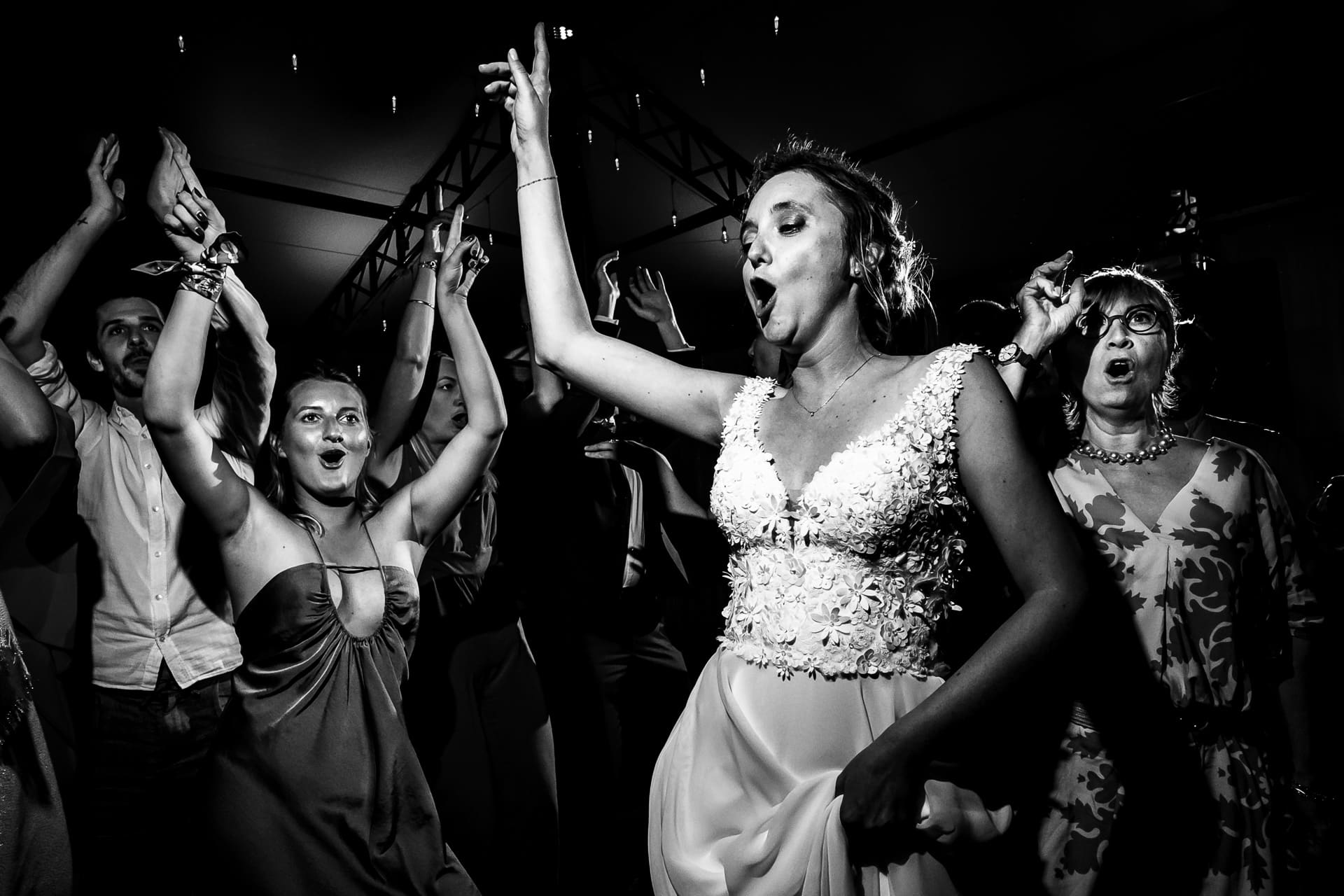
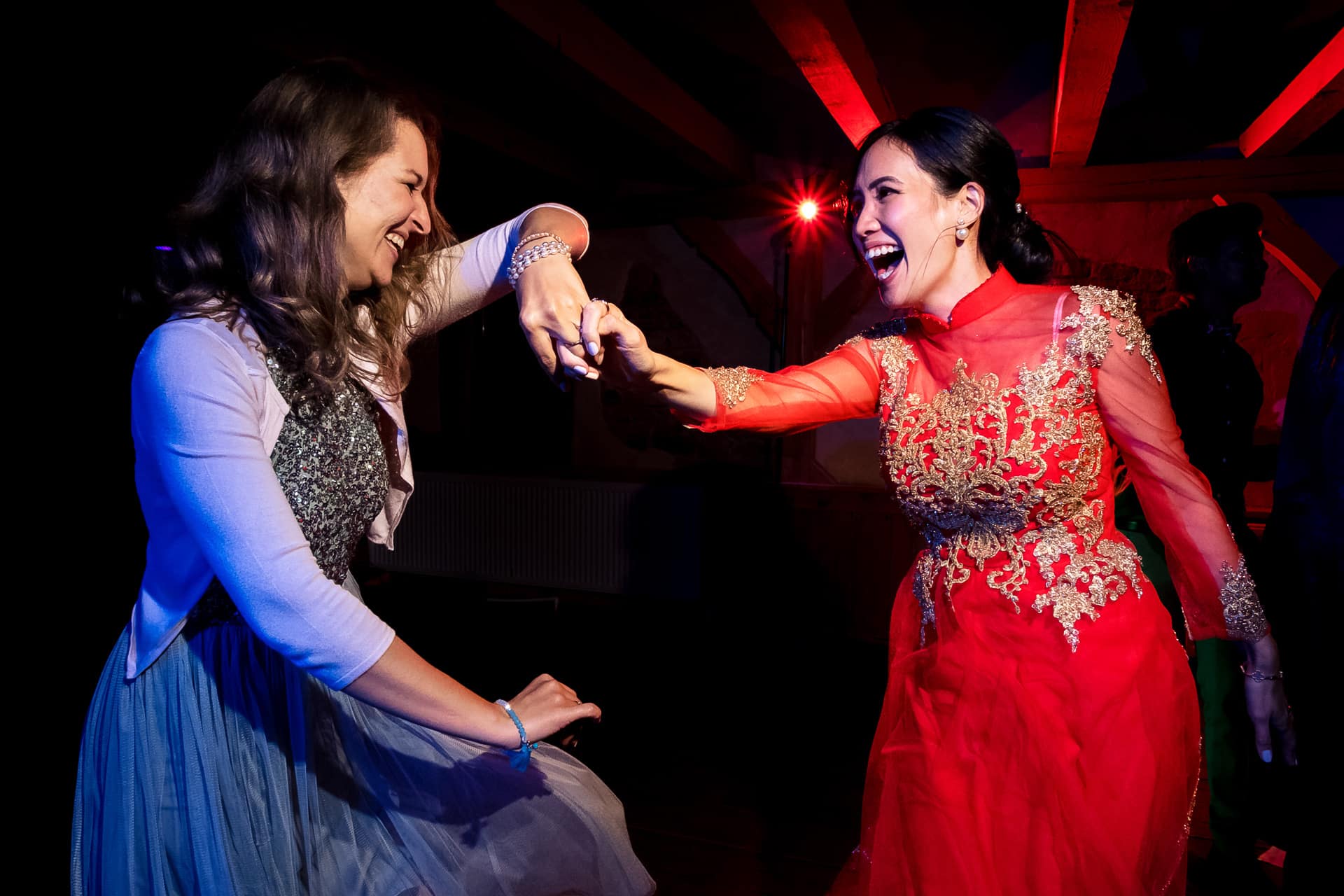
There are several types of shutter. I must confess that I did not understand the 5 or 6 different modes, but basically, there is mechanical or electronic.
If the electronic shutter allows completely silent shooting, and it seems to overcome rolling shutter problems, even on fast moving subjects, I prefer to stay in mechanical shutter. At least I have tactile feedback of my photo. In electronic shutter I’m always afraid that it didn’t work. And as its noise is ultra hushed, that’s no problem, it’s almost inaudible.
The 15 fps burst of the mechanical shutter is already ultra fast, but in electronics you can go up to 40 fps. Here a gif of 51 views in less than 2 seconds (burst set to 30 fps).
For a ceremony exit or a bouquet toss, there’s no risk of missing the perfect micro moment!
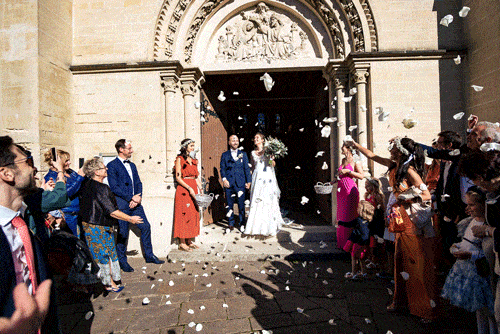
The touch screen allows a great trick : select focus point with your thumb on the screen in EVF mode. The eye in the viewfinder you can select the focus point with your left thumb sliding it on the LCD screen. Much faster than with the joystick (which is a little too nervous)…. But remember that the device can’t recognize a thumb… from a nose ! (I know you’ve already picked up a call with your nose) So if your nose touches the screen, your collimator will surely go somewhere else than where you want. So unless you’re Voldemort, it’s a bit annoying.

FUJIFILM X-H2S - CONS
Everything is not that perfect. Many of these are software flaws. I hope that Fujifilm will read this post one day and work on a firmware that solves these ergonomic problems. Despite the firmware update 2.0 on September 29, 2022, the following problems are not fixed.
1 – The rear dial goes the wrong way for ISO. The ISO drops when I turn the wheel to the right ! It’s driving me nuts, it’s so counterintuitive. It’s really strange, especially since you can configure so many personal settings, including the direction of rotation of the dials… but only for speed and aperture !
2 – the eye sensor is too sensitive. It switches between EVF and LCD as soon as you pass your hand in front of it. To fix this I stuck a piece of gaffer on half of the sensor. It loses sensitivity and the EVF only turns on when I stick the device to my eye. I would like the OS to allow either to adjust its sensitivity, or to limit the number of possible viewing option among the 5 different ones ! Because to go from one to the other you have to scroll through them all, it’s a nightmare.
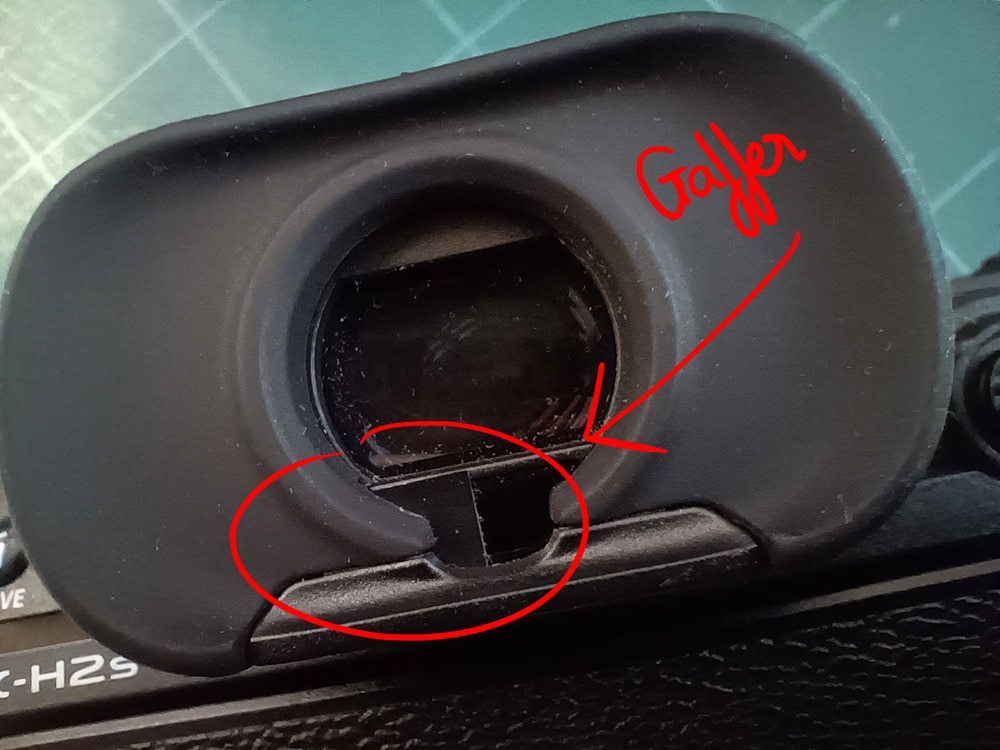
3 – The device bugs with Godox TTL hardware (flash and trigger). I found some tutorials ( https://www.youtube.com/watch?v=VomfmN0t6qg&t=504s) that fix the problem for burst mode, but that doesn’t for single view. I get rid of this bug by using a trigger for Nikon. Camera sees it as a manual trigger and does not try to calculate the TTL. I refer you to these videos which explain the problem, which has been known to Fuji/Godox for years. In my case it does not matter since I am constantly in manual flash.
Strangely, this problem does not exist on X-T3 !
Here is a video that exposes the problem (listen to my wonderful French accent)
4 – Unlike Nikon, the camera does not automatically switch to SLR mode when a flash/trigger is connected. I have to assign the function to one of the many customizable buttons. It’s both annoying, because we don’t really know what mode we’re in anymore, and good, because it allows you to control the amount of ambient light with one click when shooting with a flash.
Still unlike Nikon, when a flash/trigger is connected, it is not possible to lock the speed at 1/250s (synchro speed) max. There is therefore a risk of error to get the shadow of the curtain if you shoot at more than 1/250s. The camera is given for 1/250s, but I tested at 1/320s, we don’t see the shadow! It becomes visible at 1/400s. But keep 1/250s max. It’s also better than Nikon Z6 which is limited at 1/200s. Obviously that’s not a problem if you like HSS, but I don’t.
5 – In terms of power management, waking up from standby is extremely long ! Really long ! Several seconds !! It is better to turn off and turn on, it goes infinitely faster. I’m going to dig the Boost mode, maybe it improves reactivity. But since the battery makes about 1000 shoots in normal mode, I’m afraid it will make much less photos it in boost mode. On a wedding I use 6 batteries for my 2 devices.
Be aware that Fuji no longer delivers a charger in the box ! You have to purchase of the optional double charger.
CONCLUSION
I took the risk of changing equipment during the wedding season. Well, risk is a very big word… Whatever the brand, it remains a camera. If, like me, you shoot everything manually, there is no real difficulty in switching from one brand to another.
To conclude, I would say that it is the perfect camera for natural light, so its autofocus is exceptional and the size is tiny. However, it shows its limits in the evening when you start to use flashes.
Except for the viewfinder and speed issues mentioned above, maybe everything would be perfect with Profoto flashes, but you have now understood that I am stingy. If I buy camera at 2700 euros instead of 6000 for a Z9, lenses at 400 euros instead of 1000 euros, I will not buy Profoto A10s at 1000 euros when I can have Godox V1 at 270 euros.
However, it remains a great compromise for the wedding photographer that I am. What I want is to be reactive, discreet and to have sharp photos. The XXS form factor of the Fuji X ecosystem, the diabolical autofocus and the crop of the APS-C sensor allow me to have all these and that’s what matters.
